The History of computing goes far back than the short list that follows, but the history that is most relevant to us, right now, can be traced back to personal experience with machines that, at one point or another, many of use have used, owned, and may still keep somewhere, whether it is a museum, a dusty closet, or, why not, even a desk for a little retro fun.
Xerox Alto, 1973
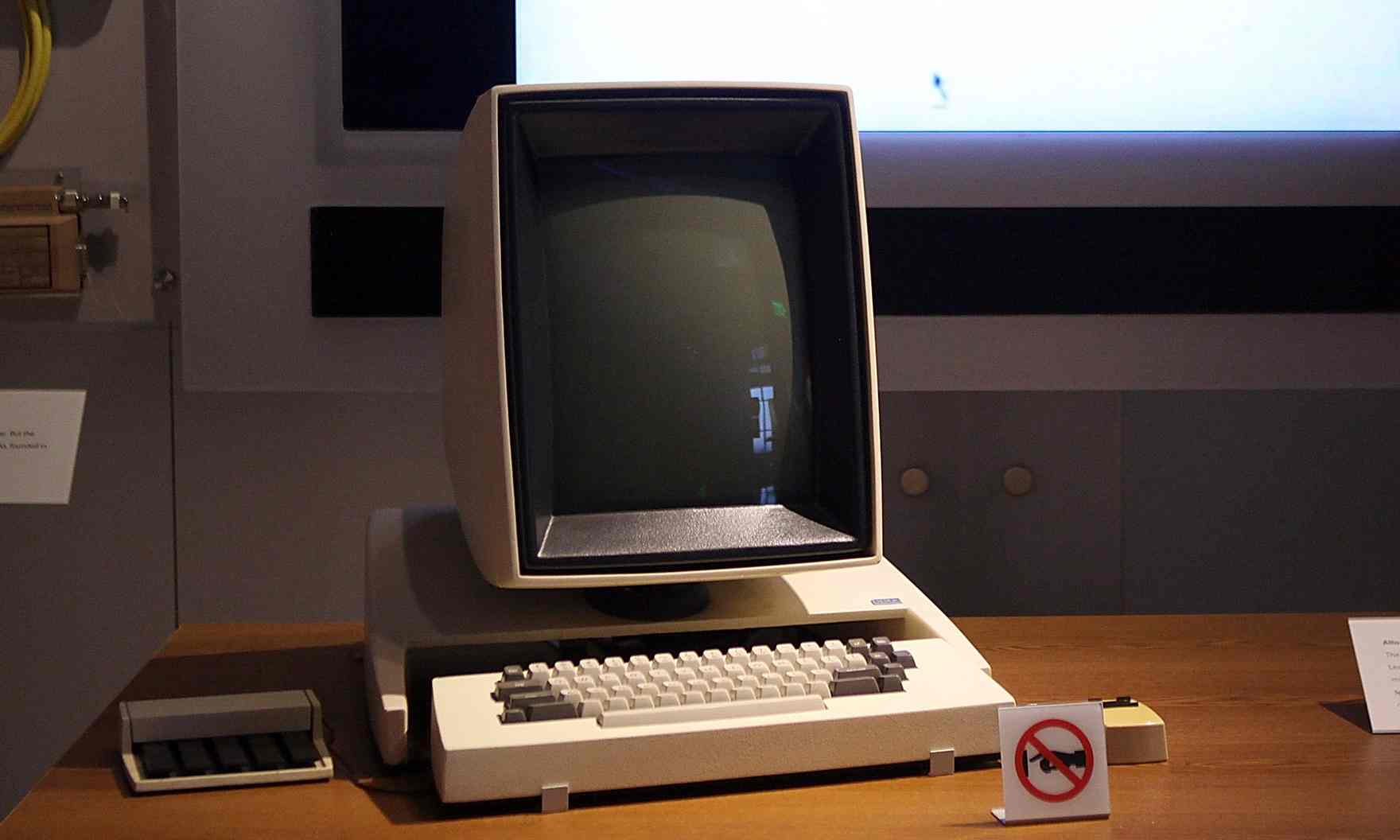
Our journey starts in 1973, with this odd-looking personal computer: the Xerox Alto, whose name couldn’t be anymore appropriate (“Alto” means “Tall” in Italian). In case you are wondering, the picture isn’t oddly stretched by some glitch on this web page. The Alto’s monitor was built with a portrait aspect ratio, on purpose.
This PC was one of the firstr ever built with a graphical user interface, which could be operated with a three-button mouse and a keyboard. This machine had a 2.5MB hard drive, and a 5.88MHz processor. Only 2000 were ever produced. With that said, it was the closest approximation to what the future would hold, in the decades that followed.
Photograph: Justin Sullivan/Getty Images
IBM Personal Computer, 1981
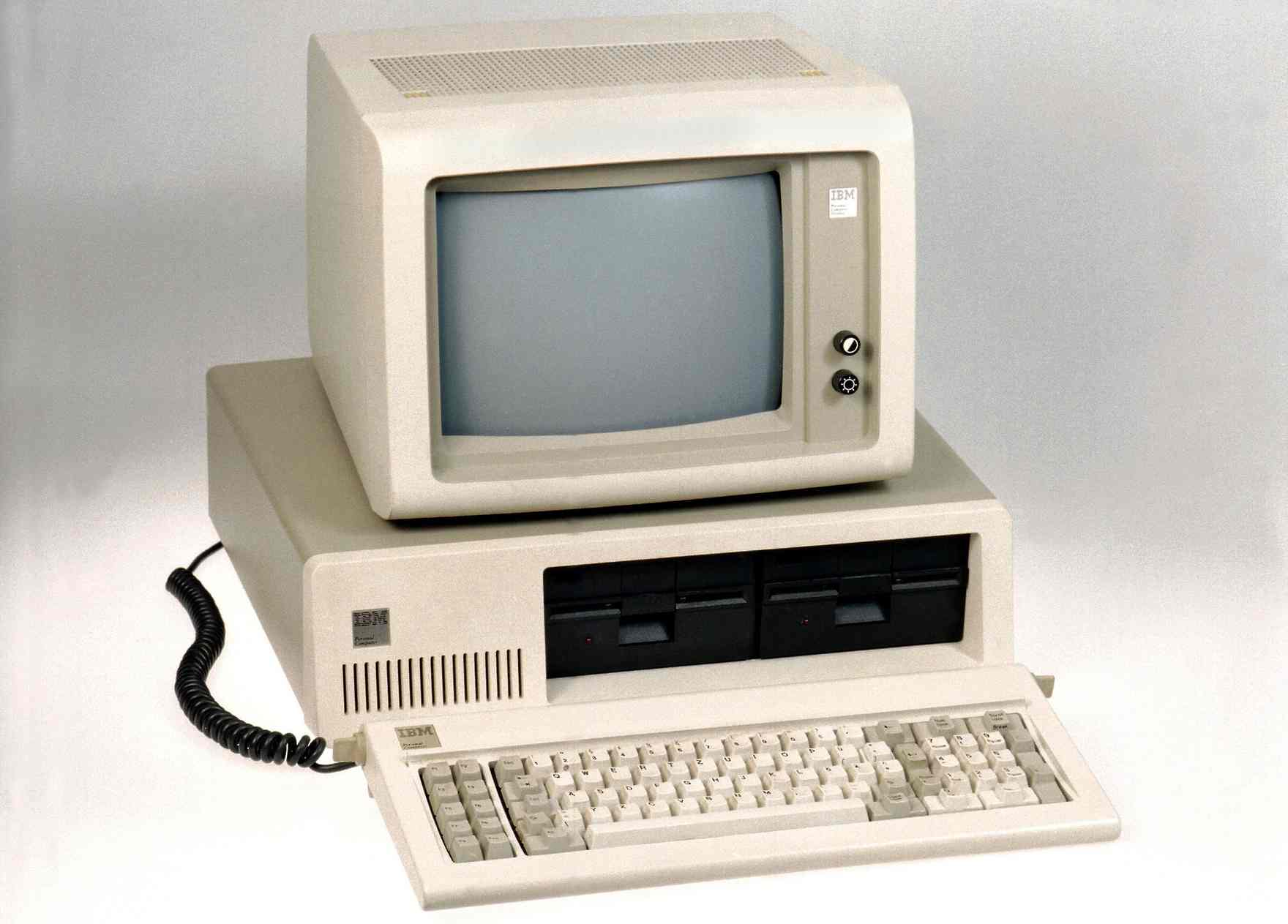
IBM made its first debut into personal computing in the early 80s, and it was a hit. The first home PCs built by IBM for mass production ran Microsoft DOS, used a 8088 Intel processor, and created the conditions for third party hardware manufacturers and software makers to create a universe of applications and hardware, effectively kickstarting a PC revolution that brought computers to the masses.
Photograph: Alamy
BBC Micro, 1981
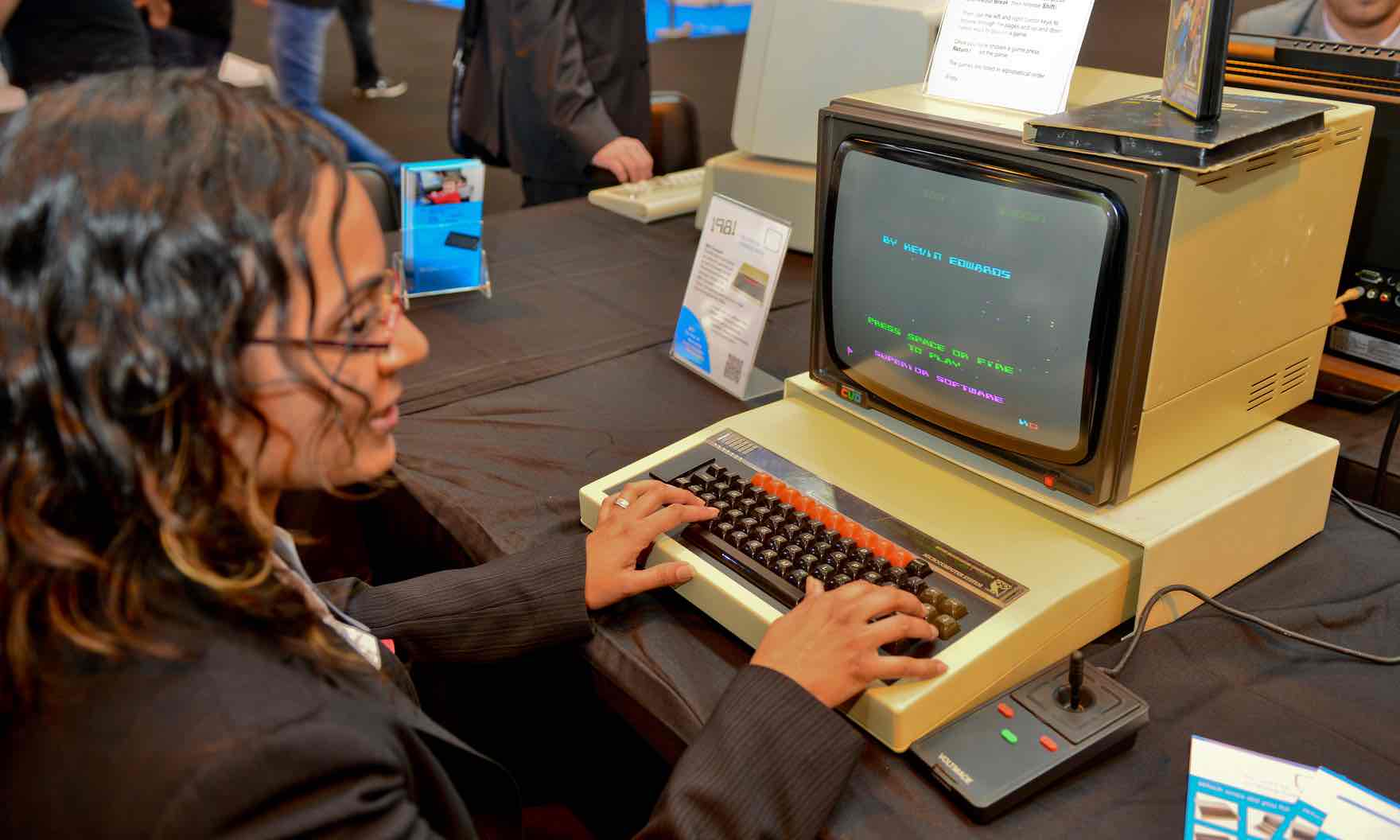
Acorn Computers, now famous for inventing the ARM chip which powers all modern mobile devices, was once known for building the equivalent to 1980’s IBM PCs, as today’s Chromebooks are to MacBooks. The BBC Micro was built with simplicity and low cost in mind, and with a rugged, no-frills design that allowed this machine to be present in 80% of British schools, under the Computer Programme, a project sponsored by the British government to teach school children about BASIC programming.
Photograph: Jules Annan / Barcroft Media
Apple Macintosh, 1984
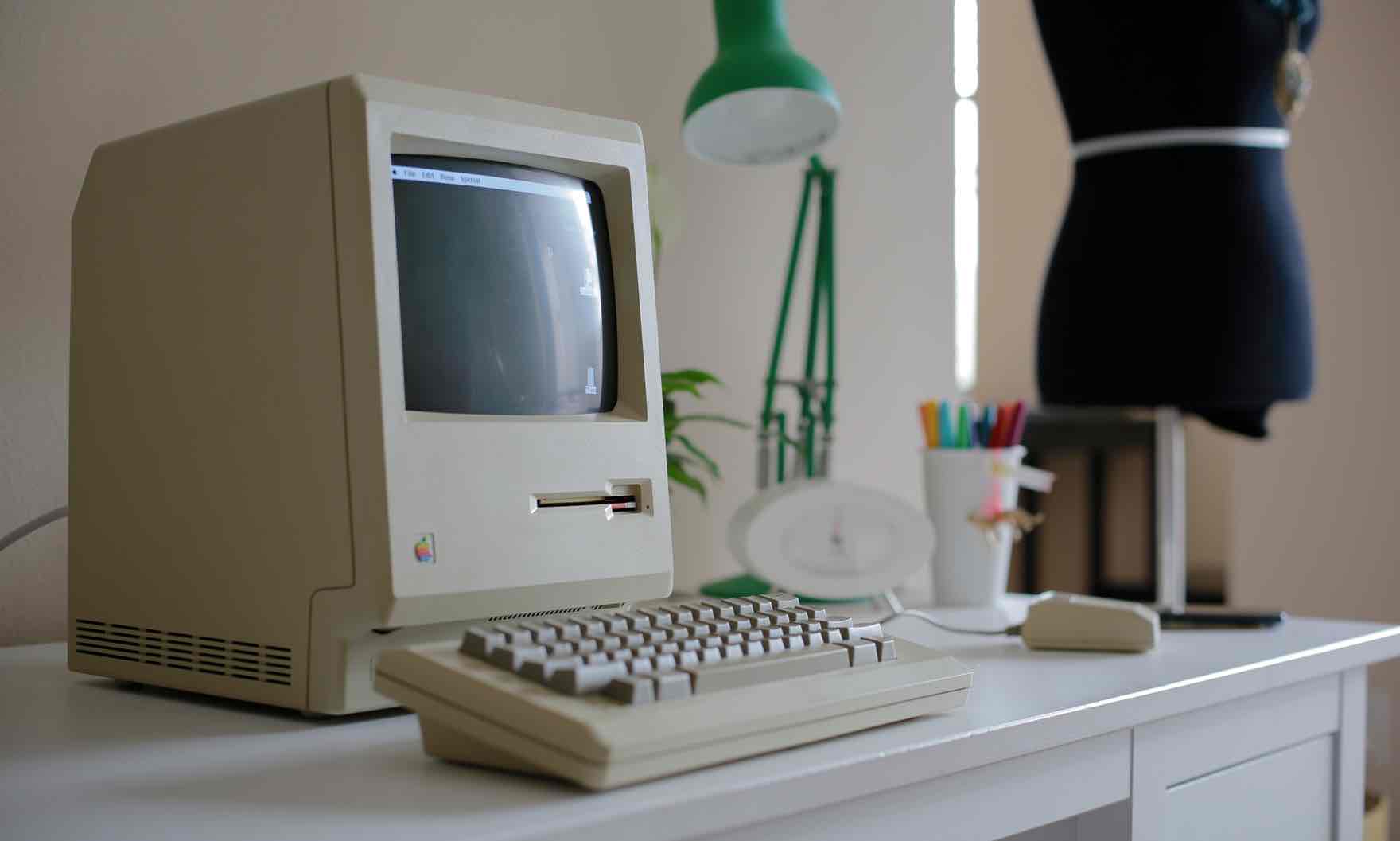
While the 1984 Apple Macintosh is a machine that needs no introduction, there are a few tidbits of information that few might know about the precursor to 40 years of Apple Mac computers and counting.
The Macintosh was originally designed by Jef Raskin, who named the computer after his favorite apple: the MacIntosh. He changed the spelling to “Macintosh” (with the lowercase i), to avoid copyright issues.
Who knew, decades later, that the lowercase i would become such a staple of popular culture, in regard to Apple Inc.
Photograph: PR
Big beige box - 1990s
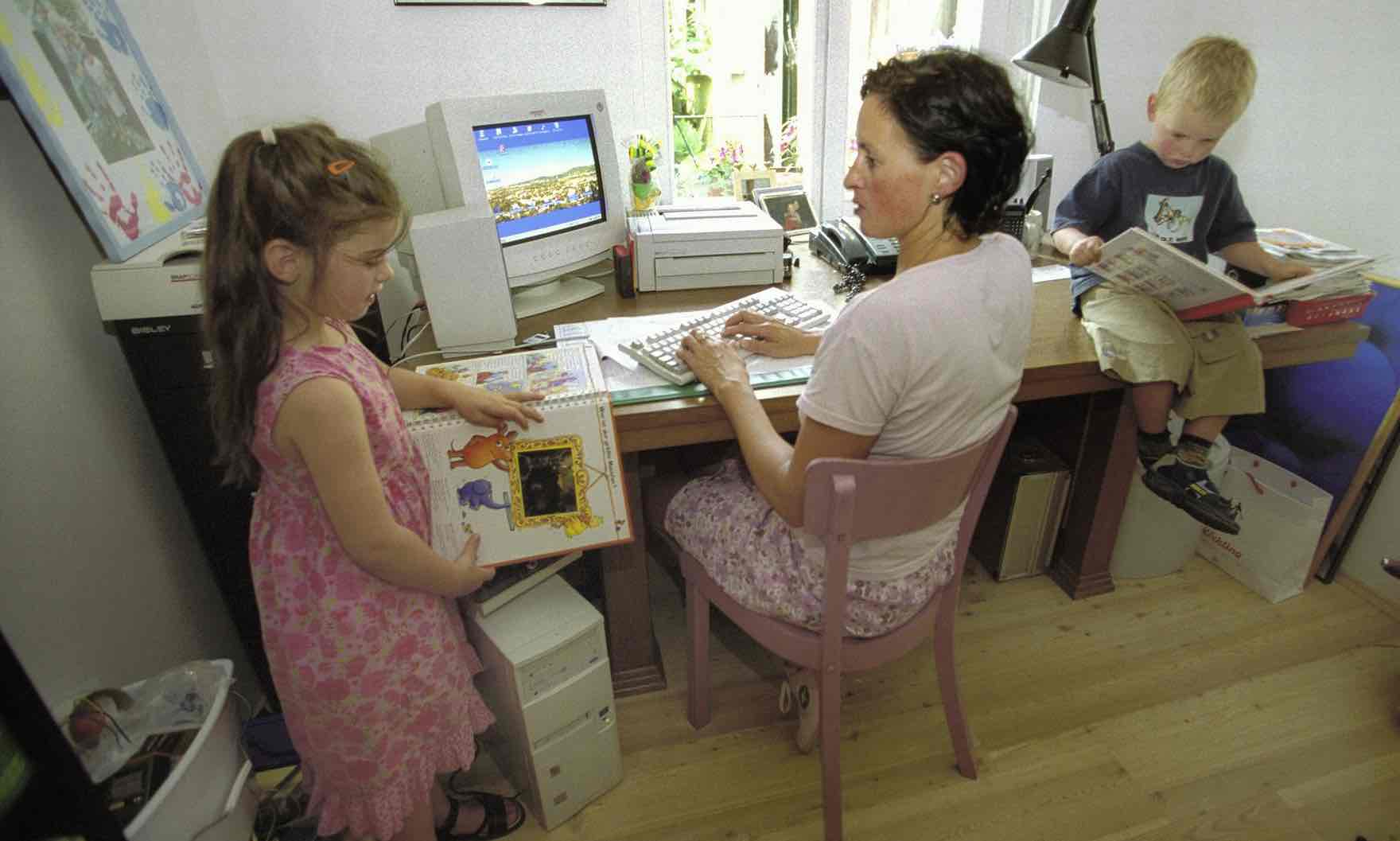
The 1990s were a time in which the home computer flourished from its early beginning as a dull box running command-line programs. When Windows 3.1, and later Windows 95 began running on IBM PCs, the PC revolution was in full swing, as computers became more affordable, and easy to customize and configure.
Those who lived through those years as computing enthusiasts, used to take for granted their ability to upgrade and customize their systems, until recent years, when trends of modern desktop and laptop computers are far more restrictive in terms of how far one could go to upgrade a modern PC’s hardware configuration.
Thanks to the “big beige box”, many people learned about how computers work, with many of them starting brand new and exciting IT careers, including many of today’s tech industry leaders.
Photograph: Ulrich Baumgarten/U. Baumgarten via Getty Images
IBM ThinkPad, 1992
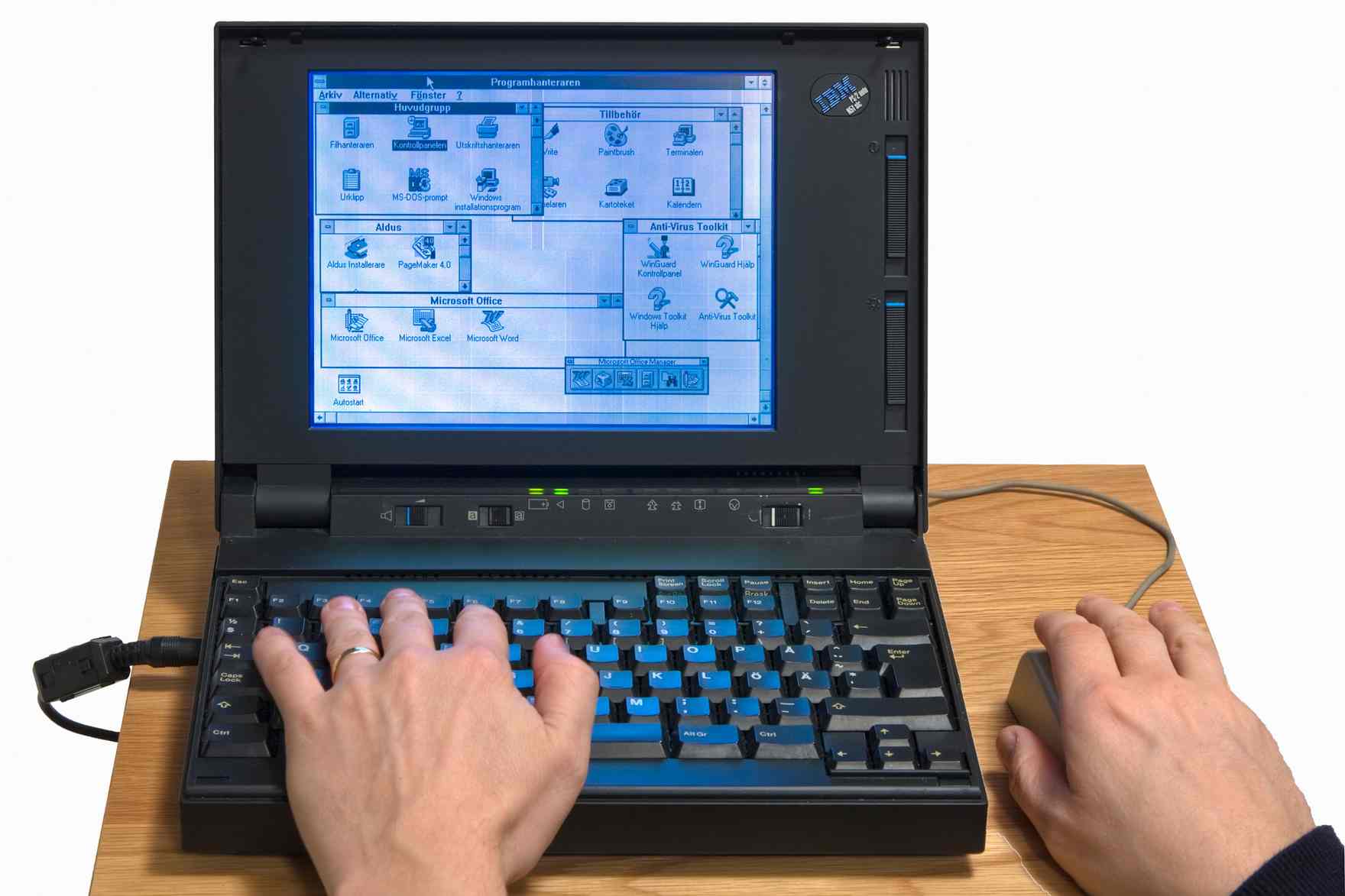
The first of many Windows laptops, came in the form of the IBM Thinkpad. This laptop was the first, truly portable business machine. Among the several innovation included in this laptop, IBM built in the iconic TrackPoint red dot, which could be used as a pointing device with Windows 3.1, without the need of a mouse. People traveling often for business found this feature extremely useful, as it allowed them to use the ThinkPad anywhere, including on an airliner’s tray.
This laptop was so portable and efficient, it was even used by astronauts during Space Shuttle missions.
Photograph: Alamy Stock Photo
Apple iMac, 1998
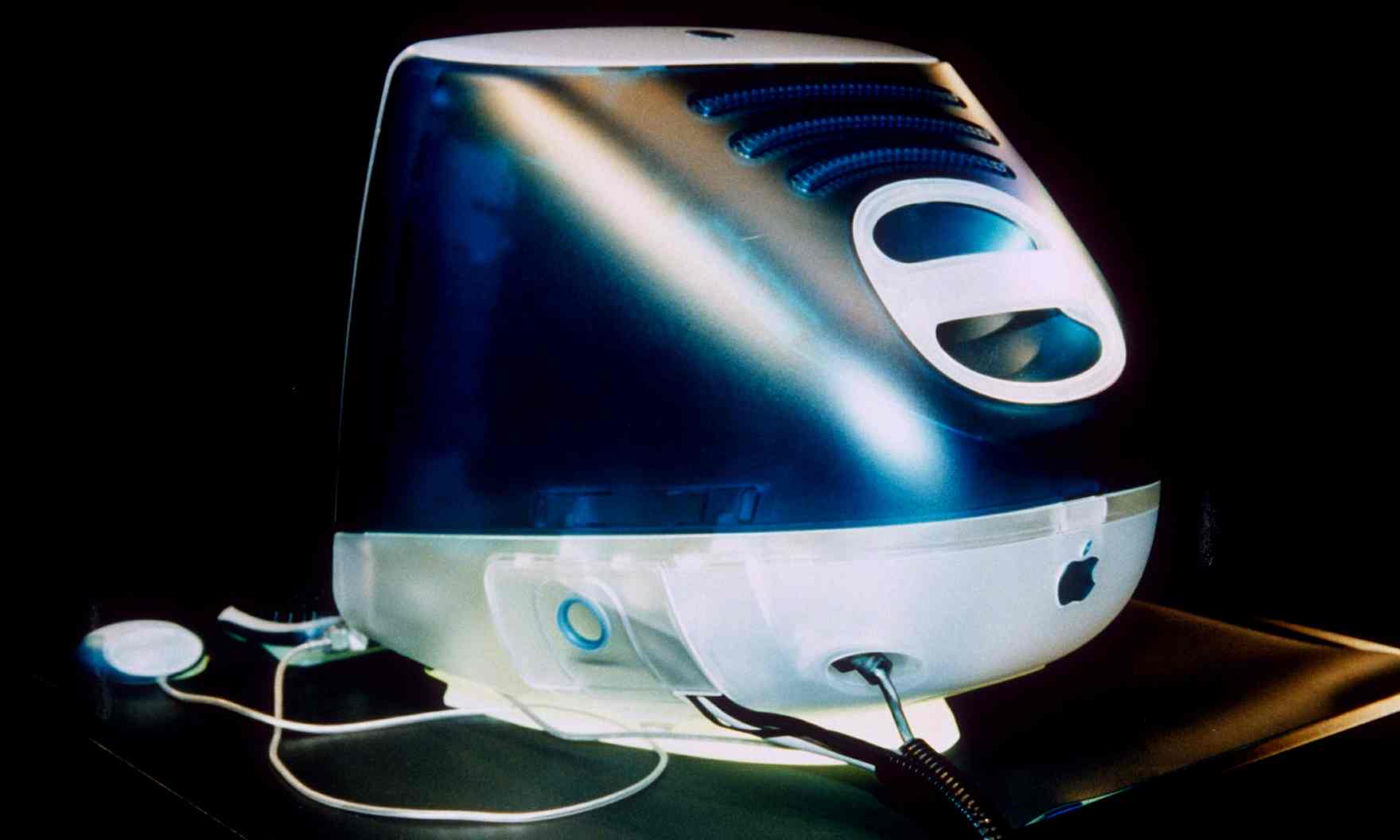
It’s hard to think of a more iconic design for a desktop computer, than the Apple iMac G3. Sir Jonathan Ive designed the colorful line of Mac computers, which set the PC on a course to break out of the beige box into a form appealing enough not to be hidden under a desk.
Photograph: Sipa Press / Rex Features
MacBook Air, 2008
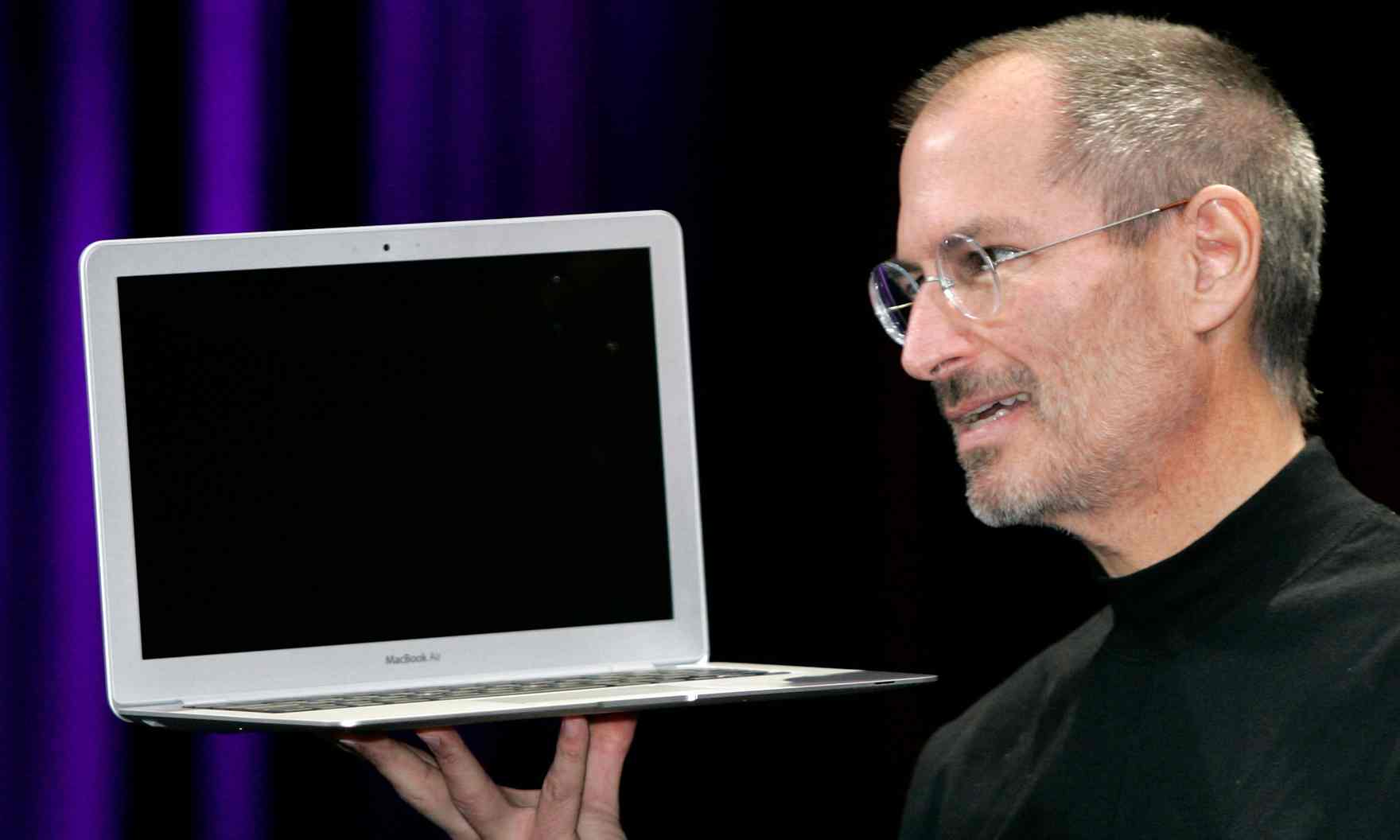
Apple effectively invented the ultrabook category in January 2008, with the unveiling of the Apple MacBook air, literally out of a manila envelope, at the hands of Steve Jobs.
The MacBook air was by no means an impressive computer, in regard to its specs. It had several issues ranging from overheating, to a slow PATA hard drive similar in technology to the Apple iPod’s. With that said, it made a bold statement about how small and powerful a computer can be. Apple would go on ever since, on a quest to build thinner and thinner MacBooks, with a constant eye on battery life and performance, while constantly fine-tuning hardware and software to achieve the perfect balance.
Photograph: Paul Sakuma/AP
Chromebook, 2011
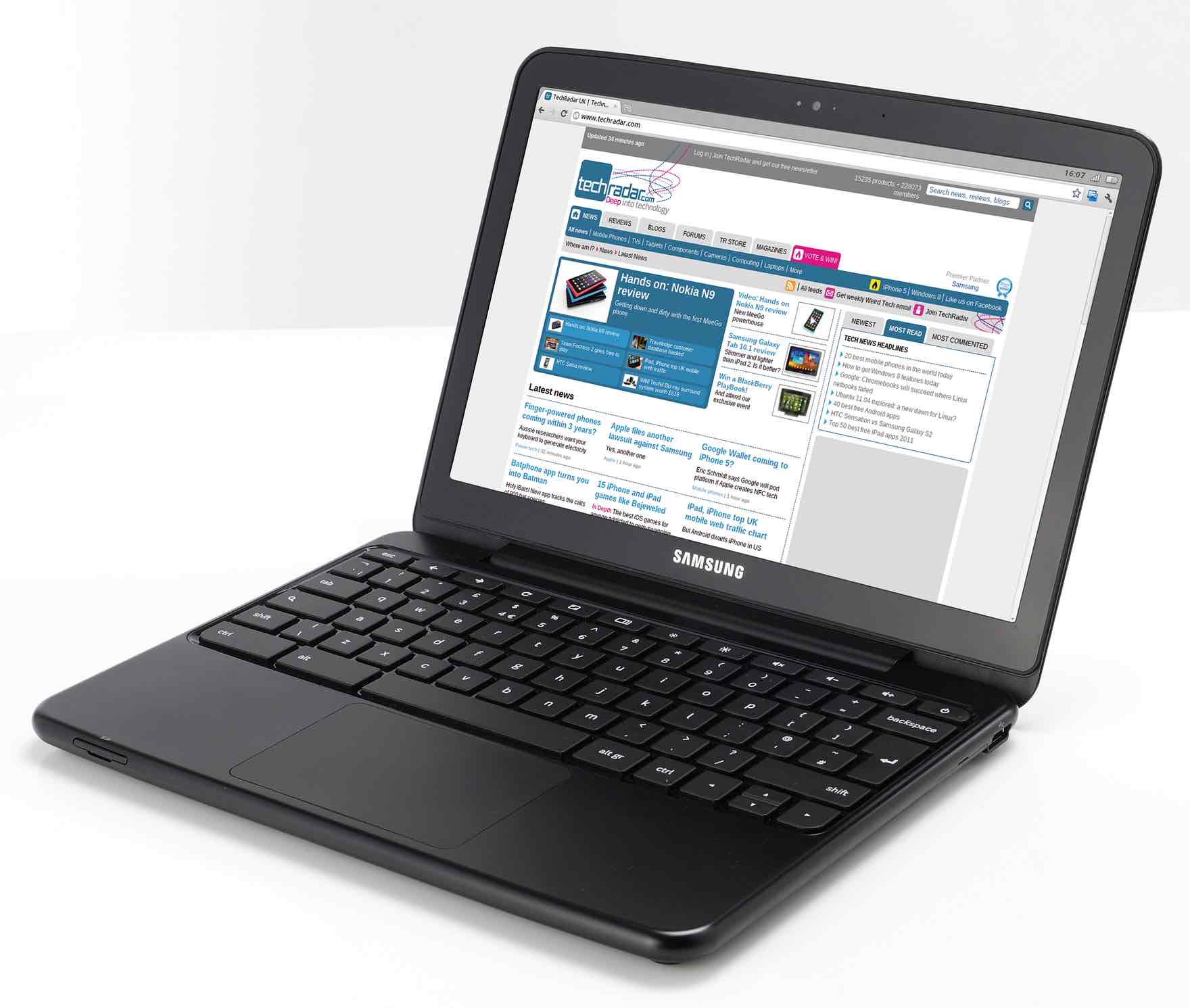
When the Chromebook came out in 2011, it instantly drew the ire of major PC manufacturers, as well as software makers, especially Steve Ballmer’s Microsoft. The reason was the Chromebook’s disarming simplicity. It’s a laptop that requires no software, with an operating system that is secure, stable and user-friendly to a point where literally anyone can use it out of the box, without prior experience.
Running Google Chrome OS, Chromebooks are hardware extensions to the Google Chrome browser, one of the most popular web browsers in the world, and one with tight integration with Google apps.
While its one drawback is the constant requirement of an Internet connection, its features and performance far outweigh its limitations as the only Linux-based laptop widely accepted by regular users all over the world, outside the Microsoft Windows and MacOS ecosystem.
Photograph: PC Plus Magazine/Getty Images
Microsoft Surface, 2012
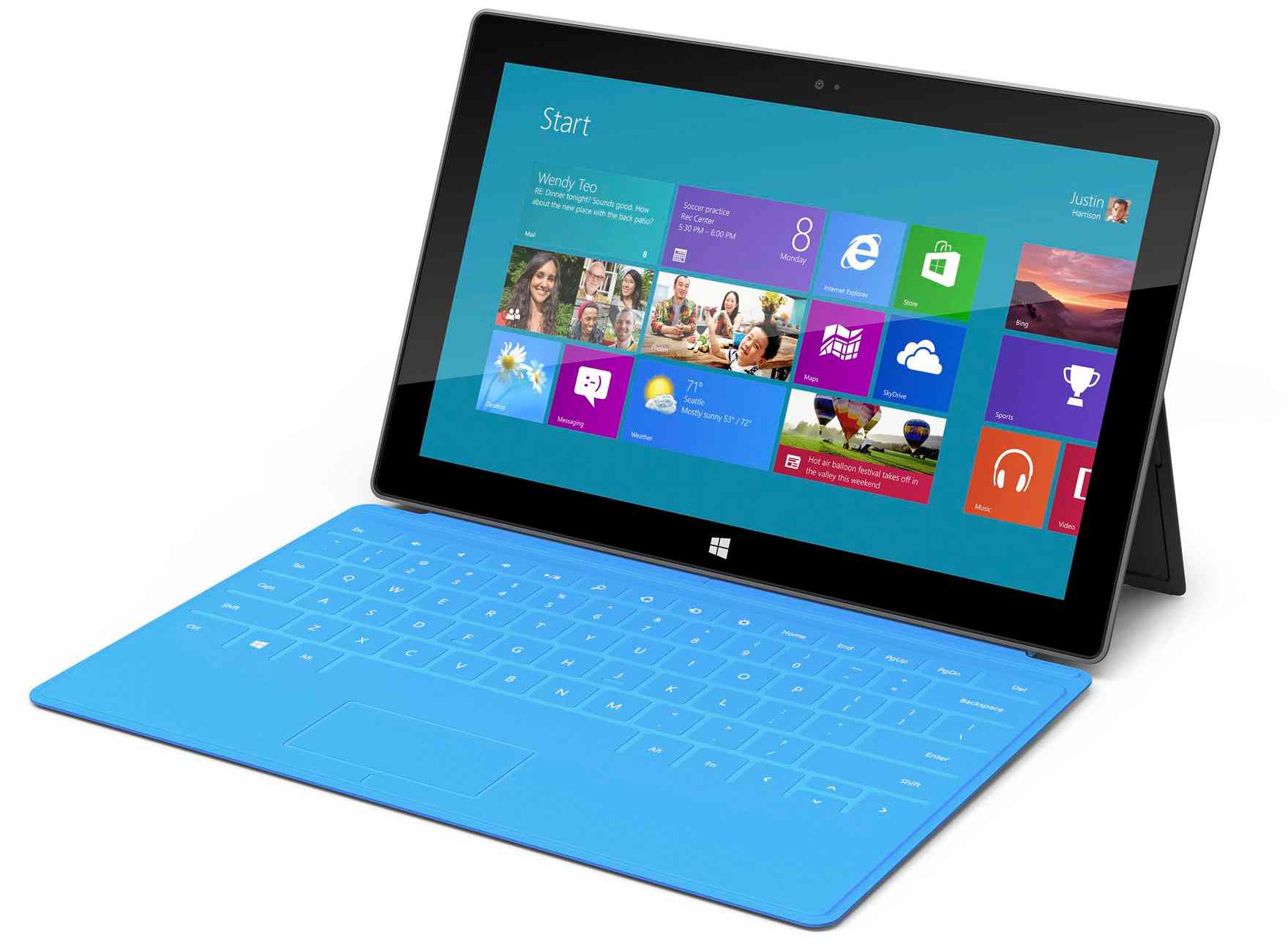
Microsoft Surface is still very much one of a kind, with many pale imitations. Its initial design and hardware configuration has been perfected over the years, and while it started out with a shaky debut, its path continued until present day, when this ultimate 2-in-1 hybrid Windows 10 tablet is a true portable touch and stylus-enabled powerhouse.
Photograph: Reuters
Ready to shop?
Looking for the most powerful desktop all-in-one PCs?, PortableOne has the best selection of custom desktop PCs whether you are looking for a stylish and powerful iMac or a versatile Windows 10 PC.